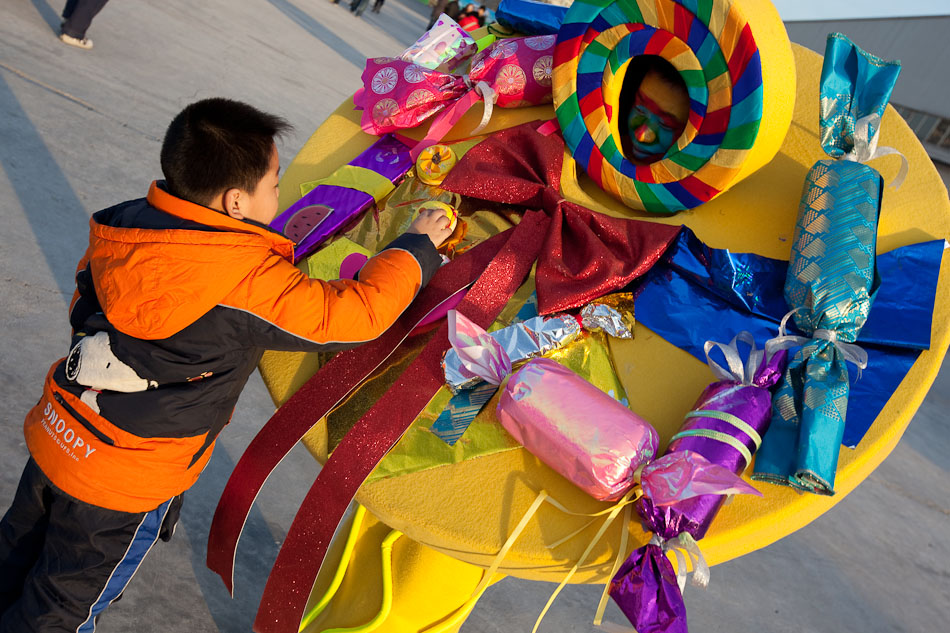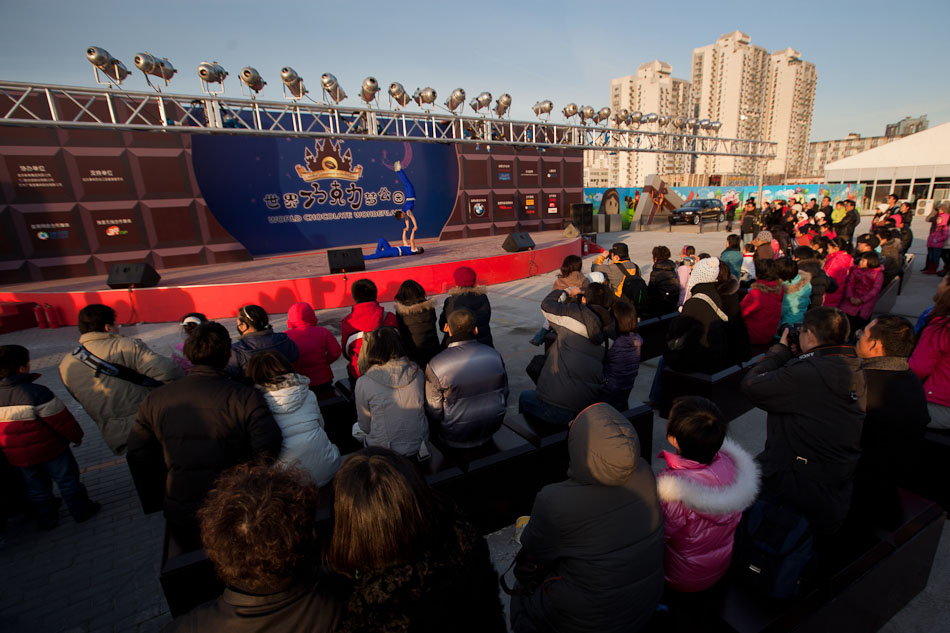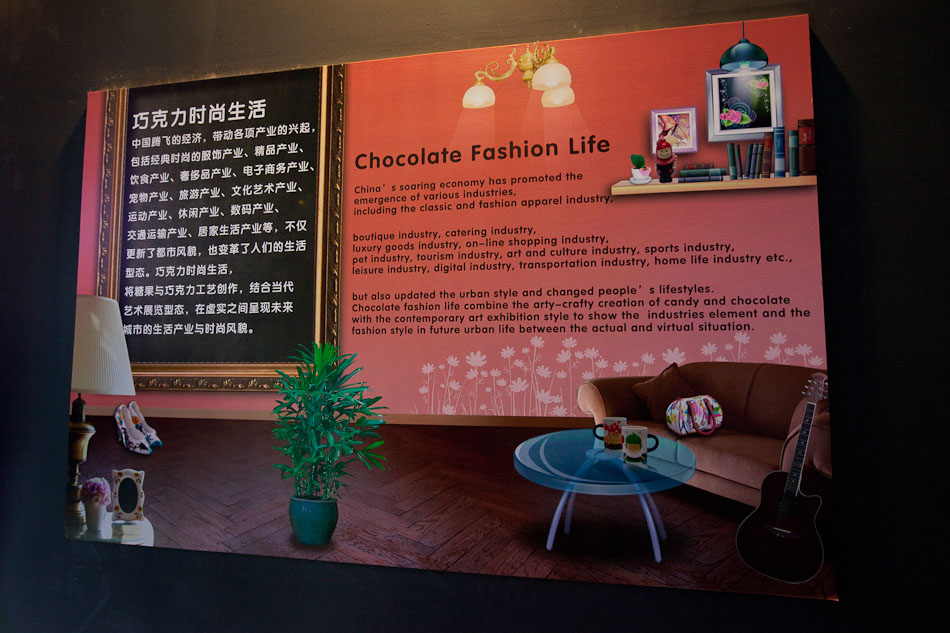Jan 26, 2012 | Counterfeit Paradises, Society, Travel
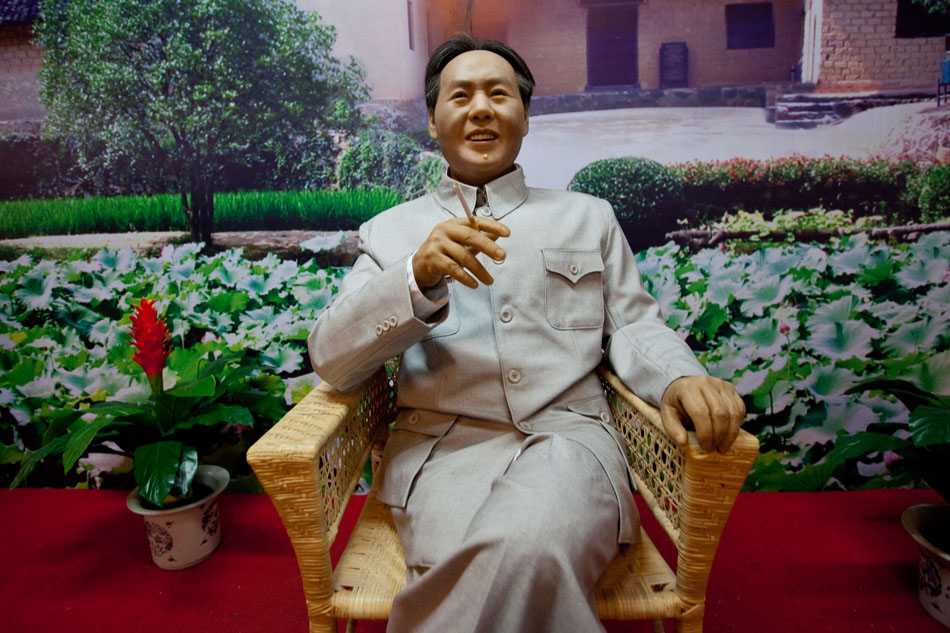
This is the second of a series of posts detailing the bourgeois practices of nouveau-riche, communist-heritage pilgrims who possess expectations and consumer desires that seem at odd with the core ideologies of the founding fathers of the Chinese Revolution. Armed with cash and a new sense of leisure, most of these fledgling tourists first make their way to Shaoshan/韶山, the birthplace of Mao Zedong. A slew of “red” products and trinkets are available around every corner even in the face of sincere reverence for founding Chinese Communist Party leaders that borderlines on idolization. Elderly tourists kowtow to statues of Mao Zedong while company retreats sing “red” songs and pledge oaths. These blind followers make easy prey for egregious tourist traps such as the Shao Yue Palace Maoist Family History Show, where attendants usher punters into Mao Zedong veneration halls, hand out lucky ornaments, ask them to bow to a Mao Zedong statue three times and then try to charge them for the “blessed” ornaments. Some estimate the value of the entire “red” industry at $1.5 billion dollars and Mao Zedong’s hometown is at the epicenter. Also check out the last post in the series on “The Defense of Yan’an” reenactment.
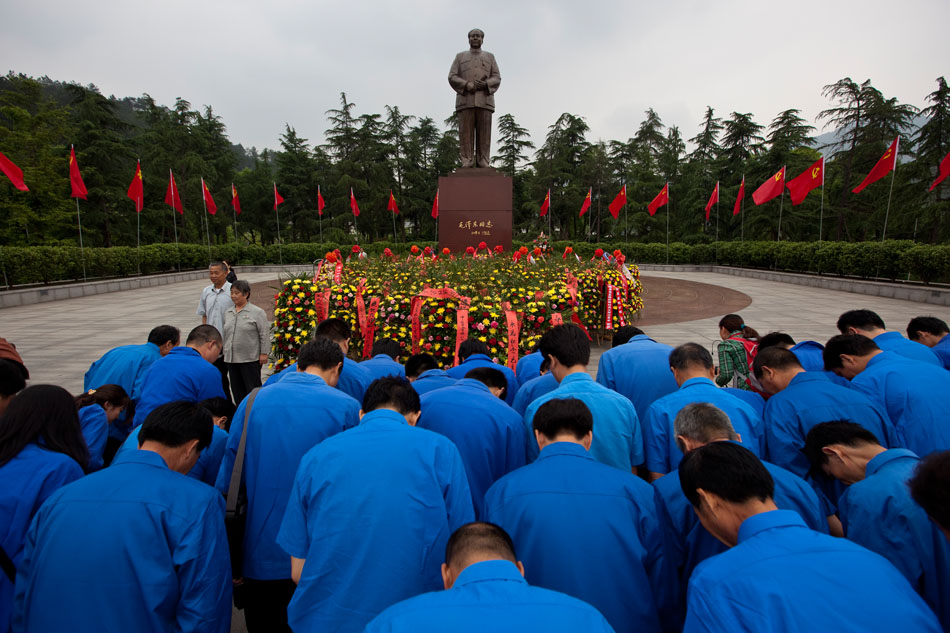
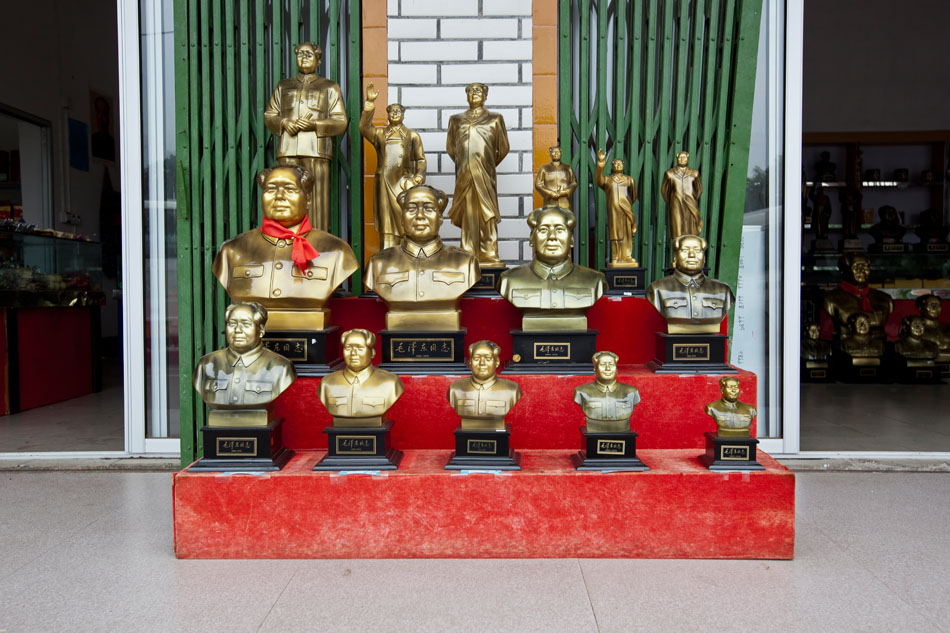
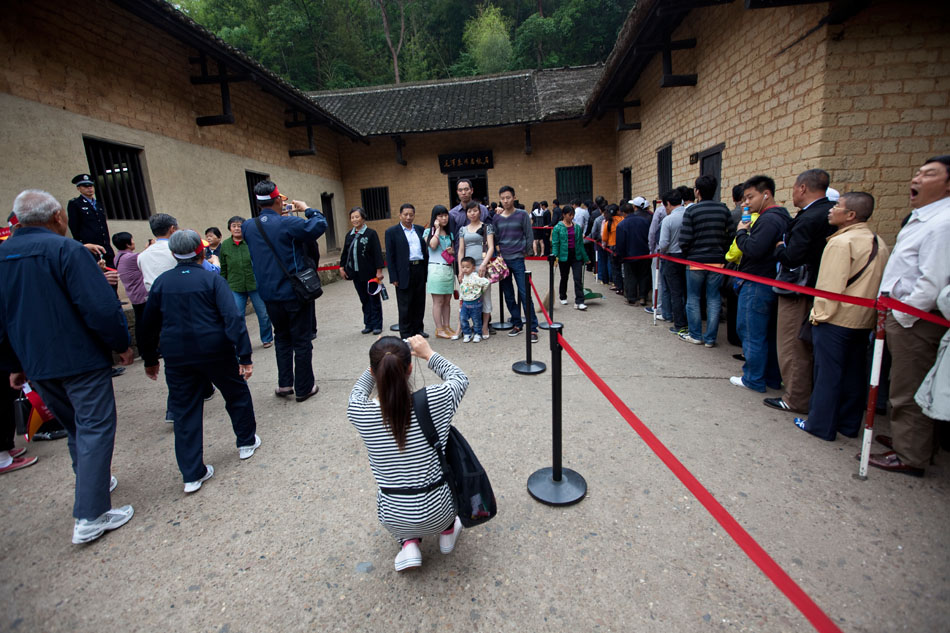
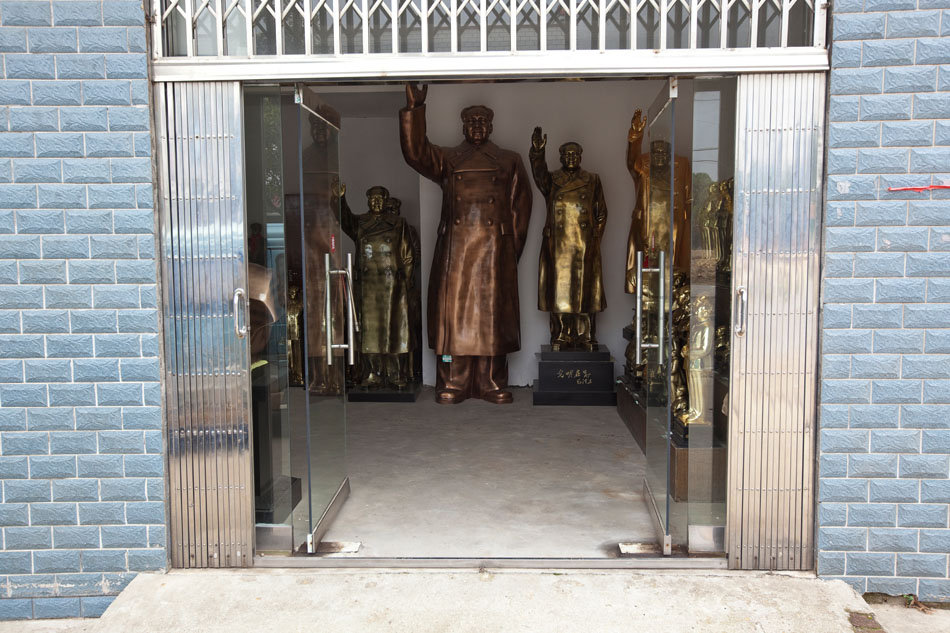

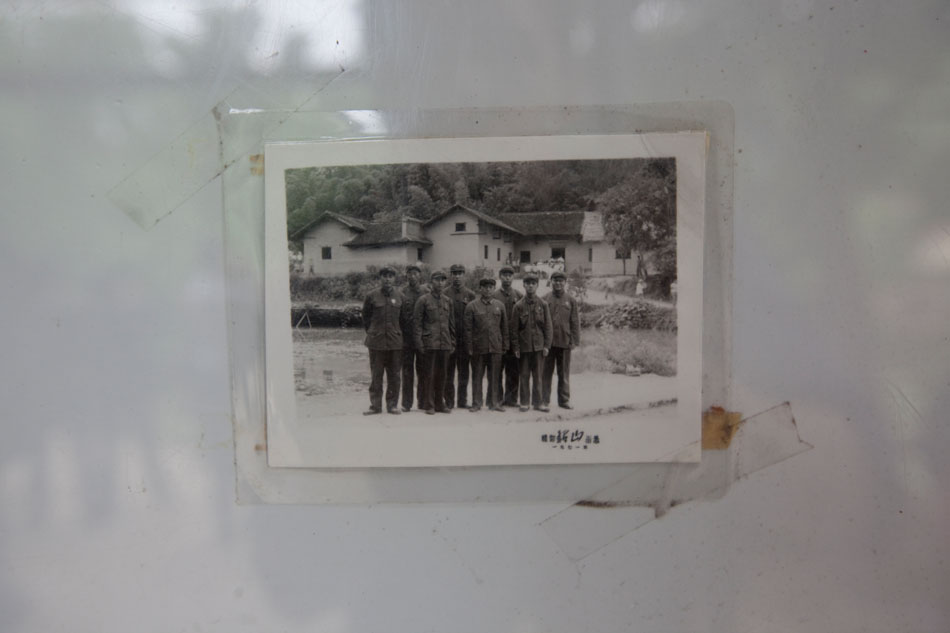
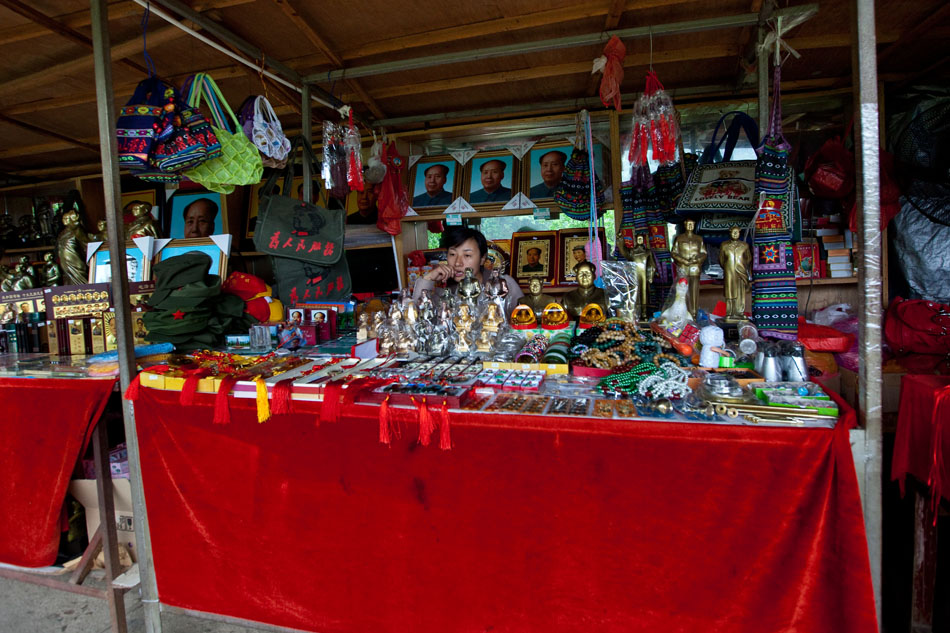
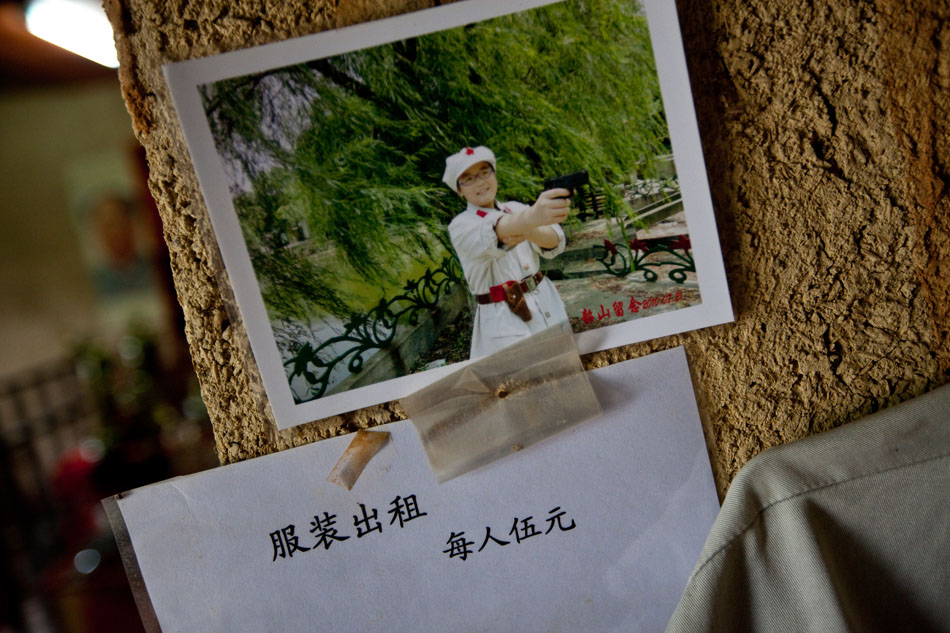
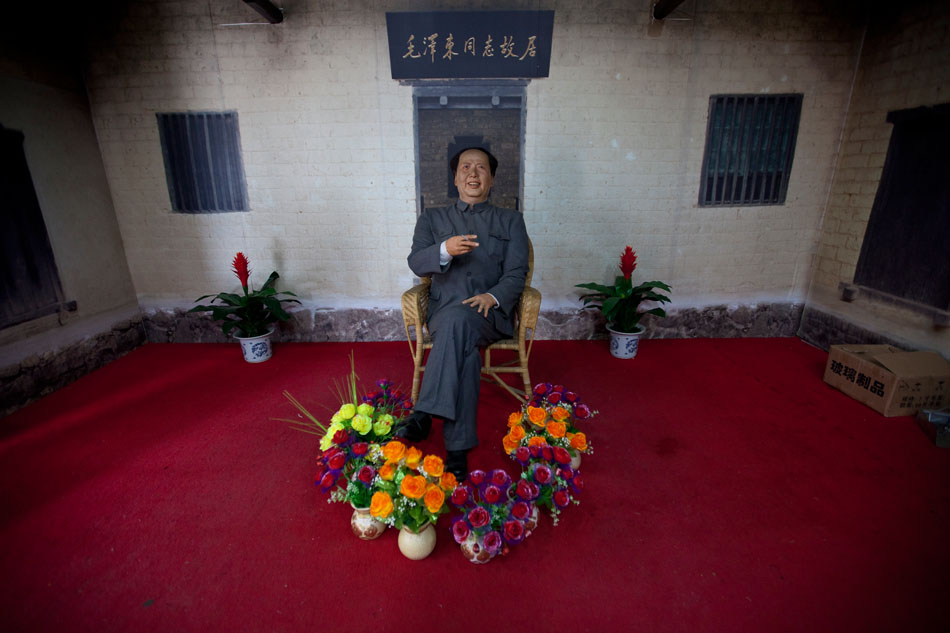
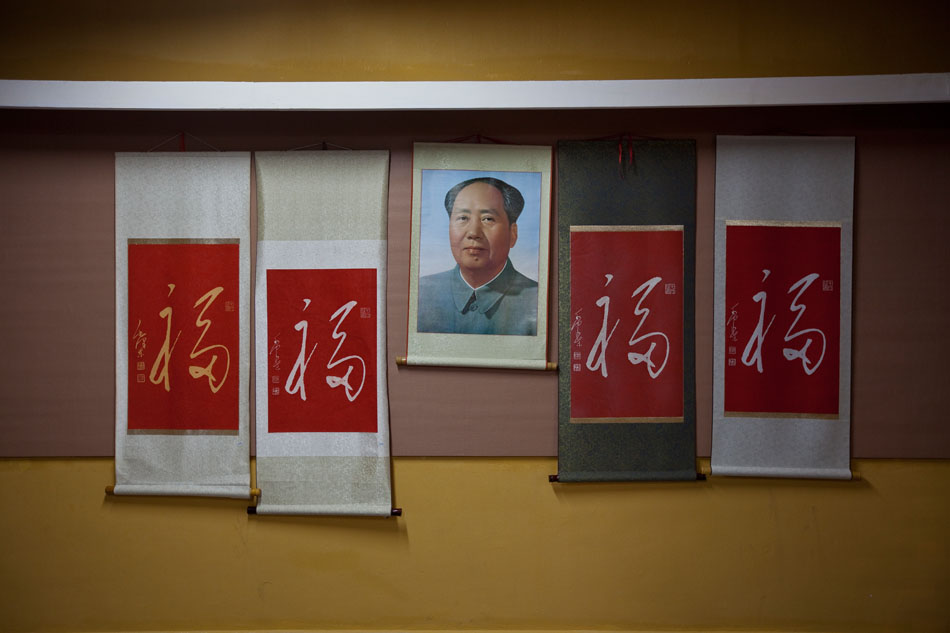
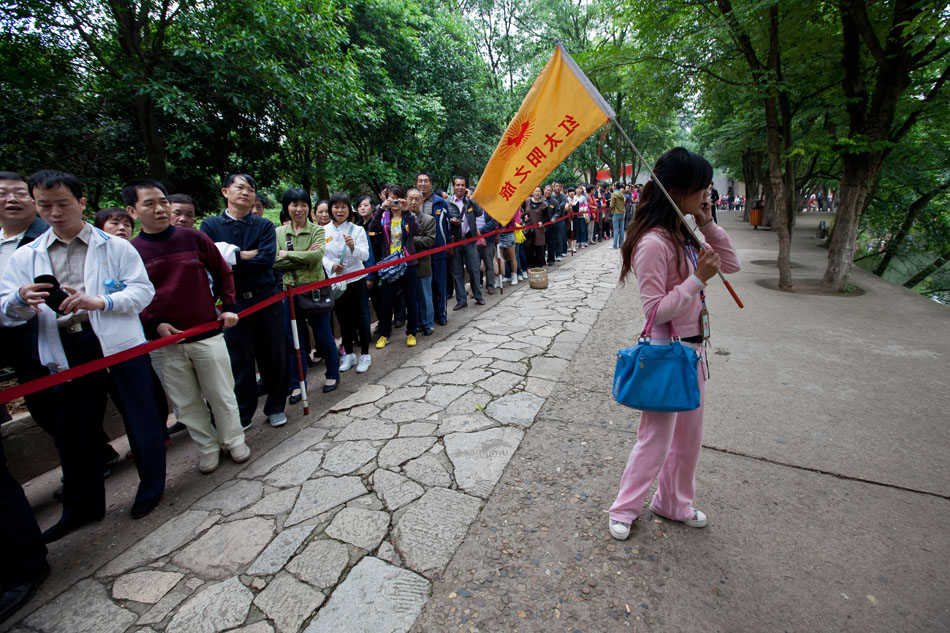
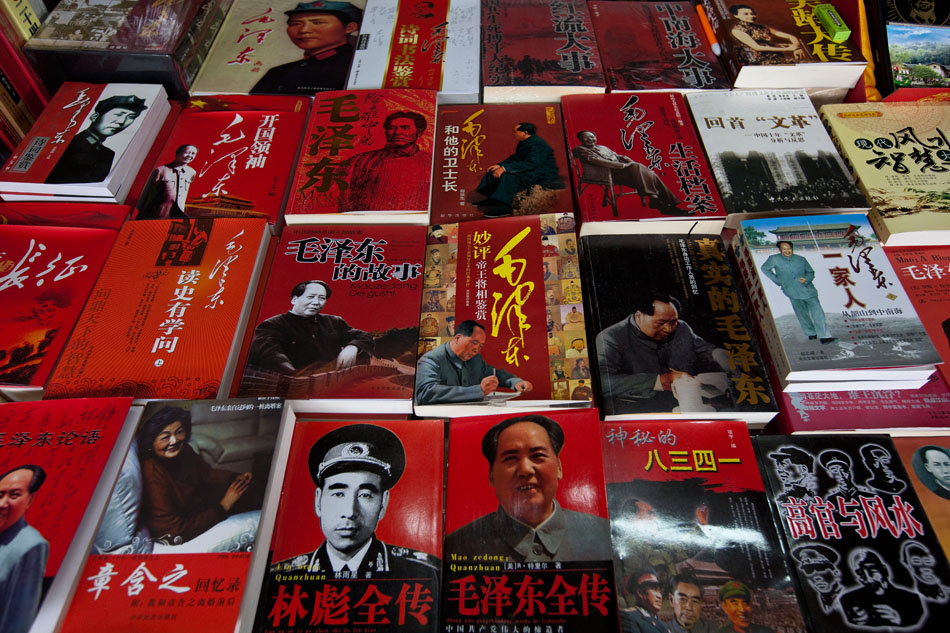
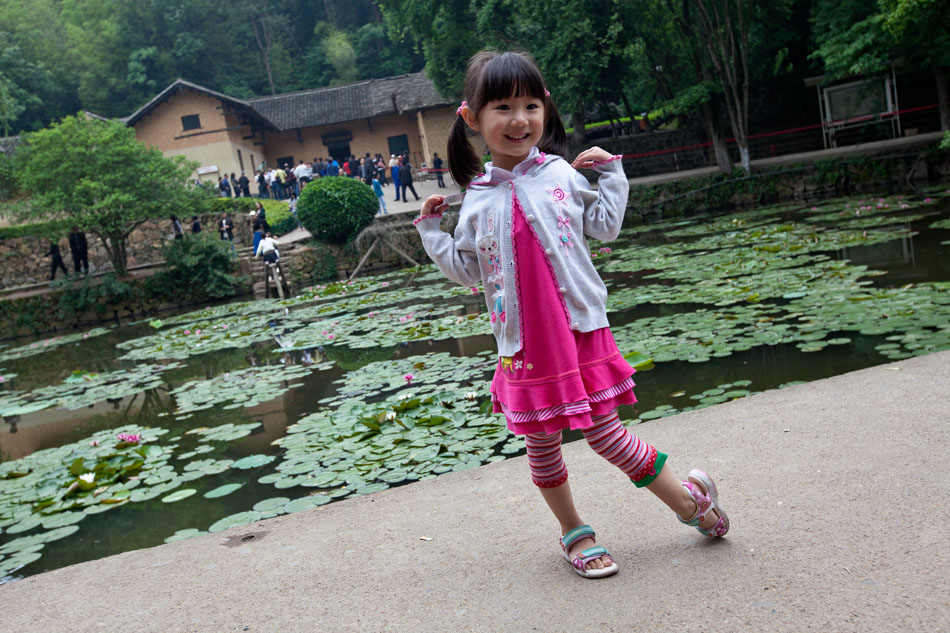
Sep 16, 2011 | Counterfeit Paradises, Society, Travel
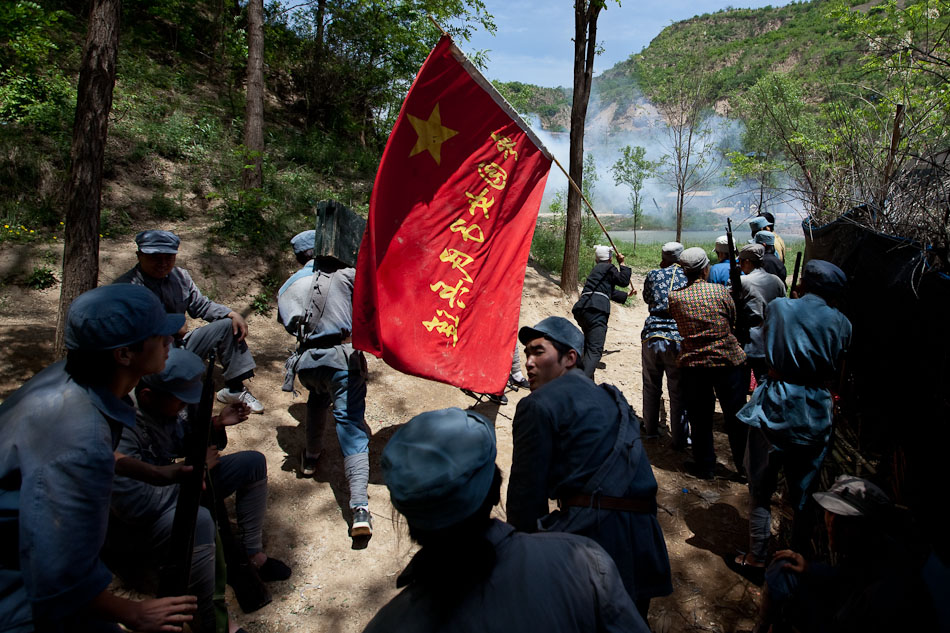
As the Chinese Communist Party celebrates it’s 90th anniversary this year, nationalistic tourists are flocking in droves to communist heritage sites across China. Shaoshan, the birthplace of Mao Zedong, and Yan’an, the cradle of the Chinese Revolution where the Long March ended, now cater to millions of tourists every year. This is going to be the first of a series of posts detailing the bourgeois leisure practices of these nouveau riche pilgrims who possess expectations and consumer desires that seem at odd with the core ideologies of the founding fathers of the Chinese Revolution. The most elaborate attraction in the country is the extremely popular “The Defense of Yan’an” battle reenactment. This spectacle became all the rage thanks to a special twist: for an extra fee observers can don soldier fatigues and participate in the fray. Not only can you observe a pseudo-historical reenactment that spends an inordinate amount of time praising the leadership of Mao, vilifying the KMT and demonstrating the harmonious integration of Shaanxi folk life with communist principles, but you can also tote around guns, get close to the explosions and run wildly around a makeshift village in the name of celebrating revolutionary heritage. The theater of history plays out every afternoon with extra matinees on weekends.

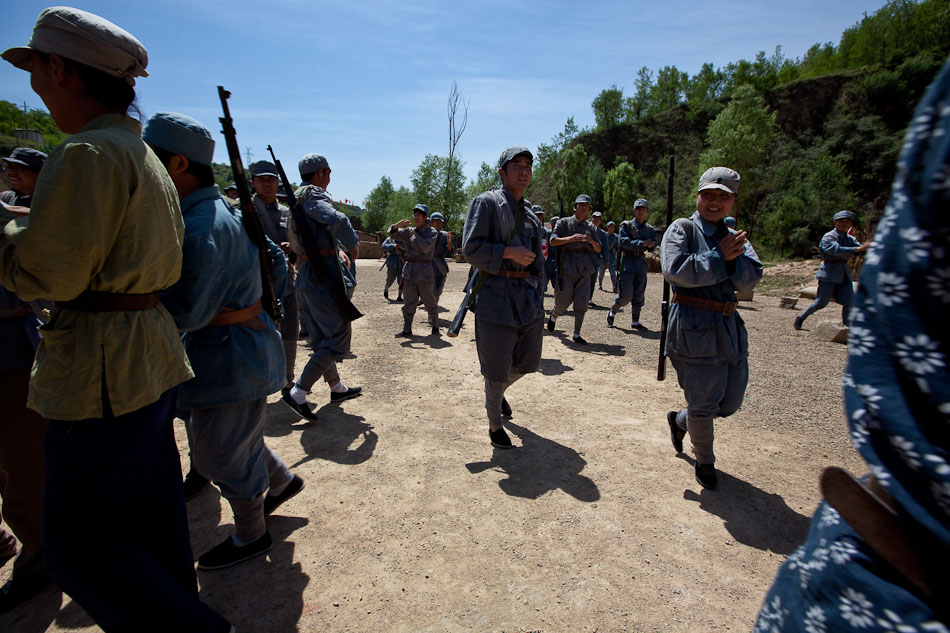
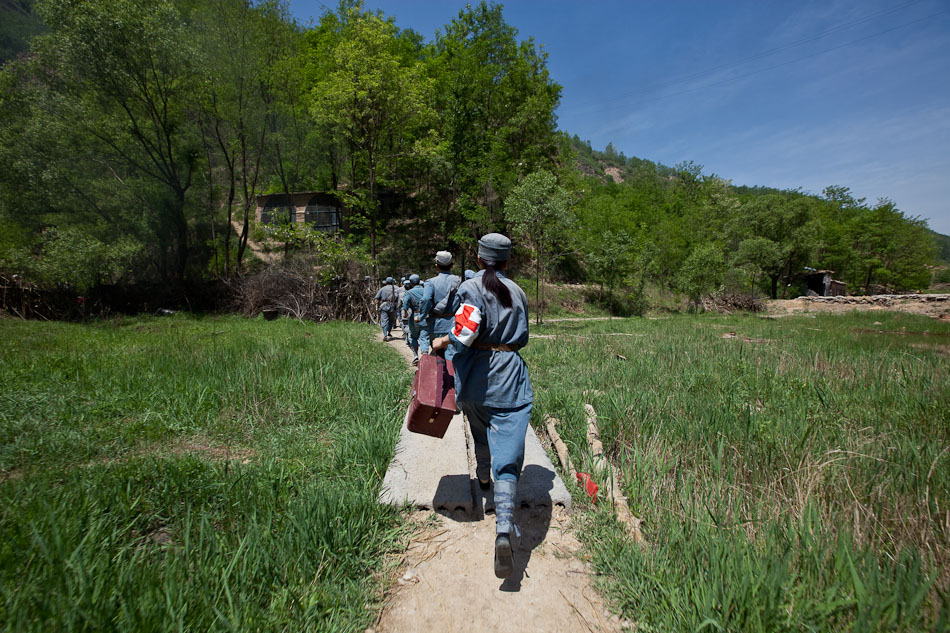
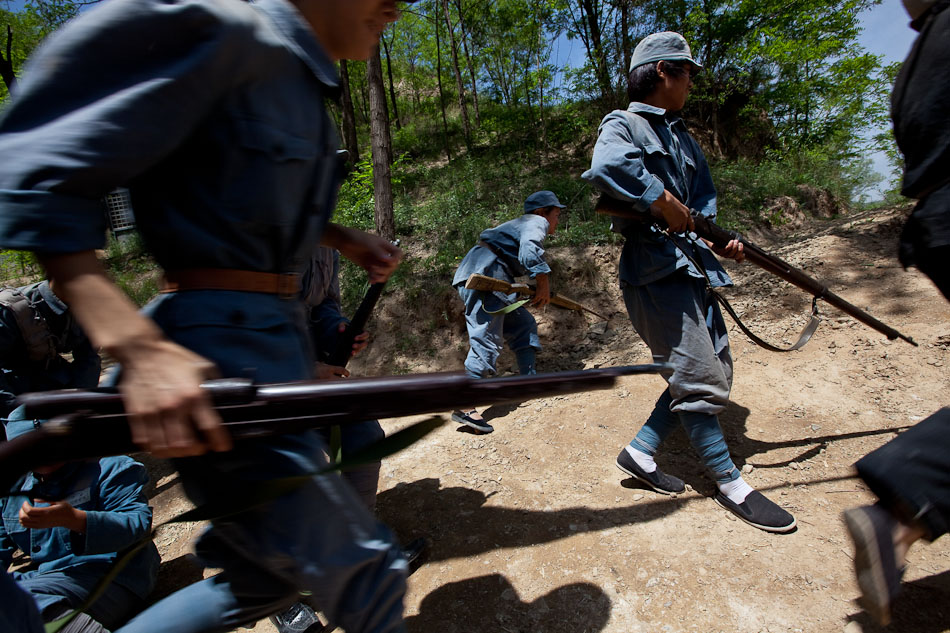

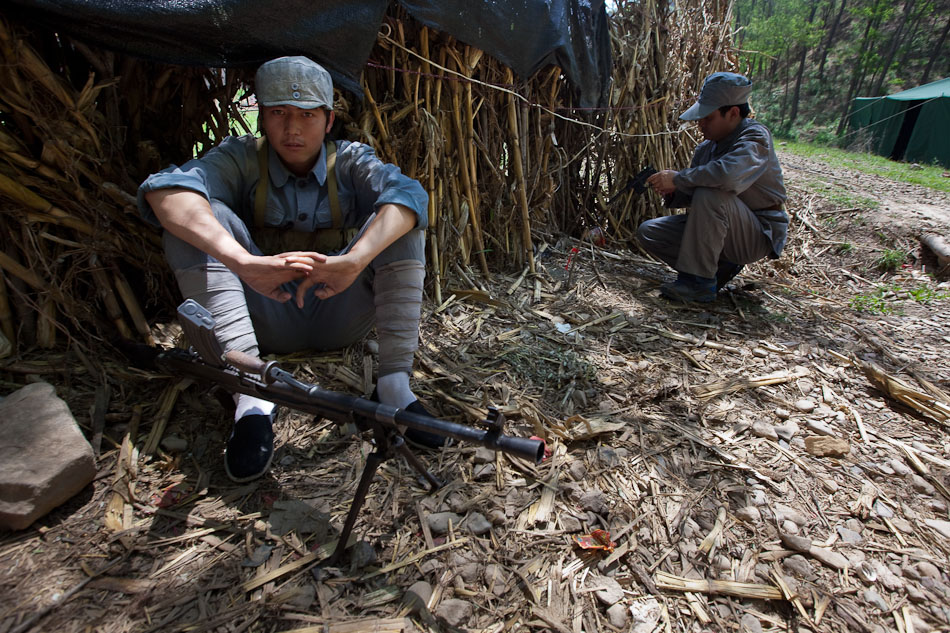
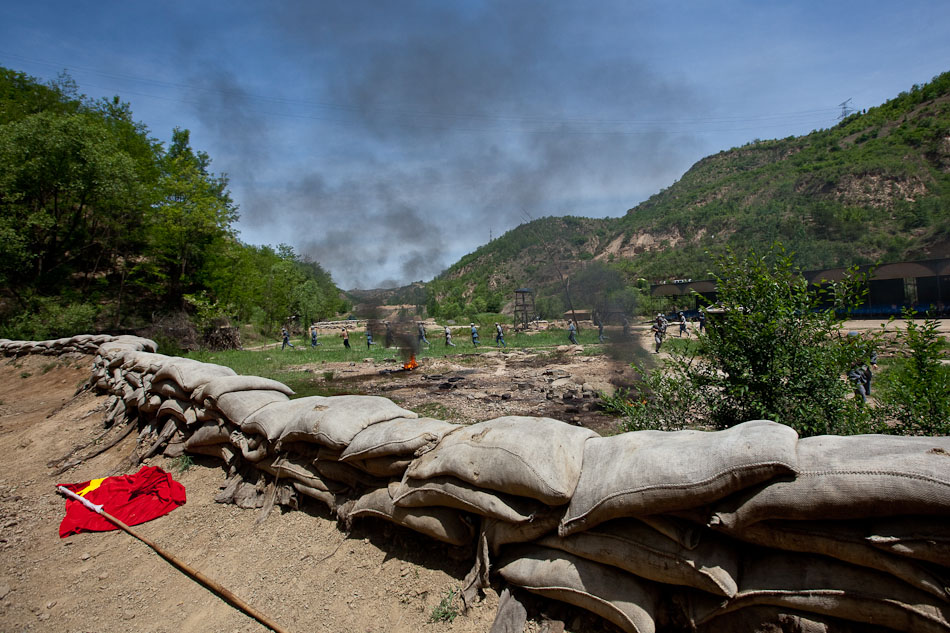



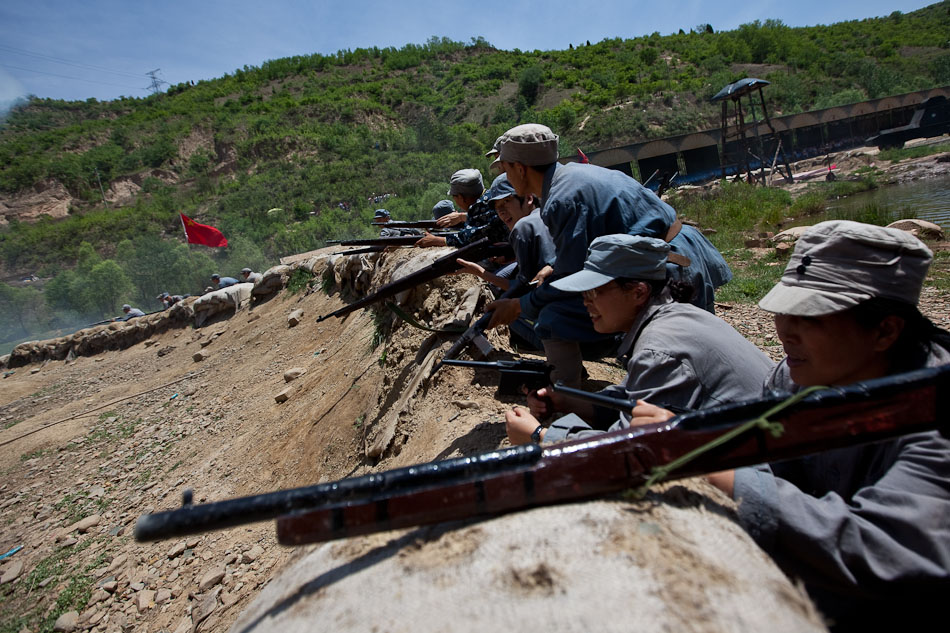
Mar 30, 2011 | Counterfeit Paradises, Society
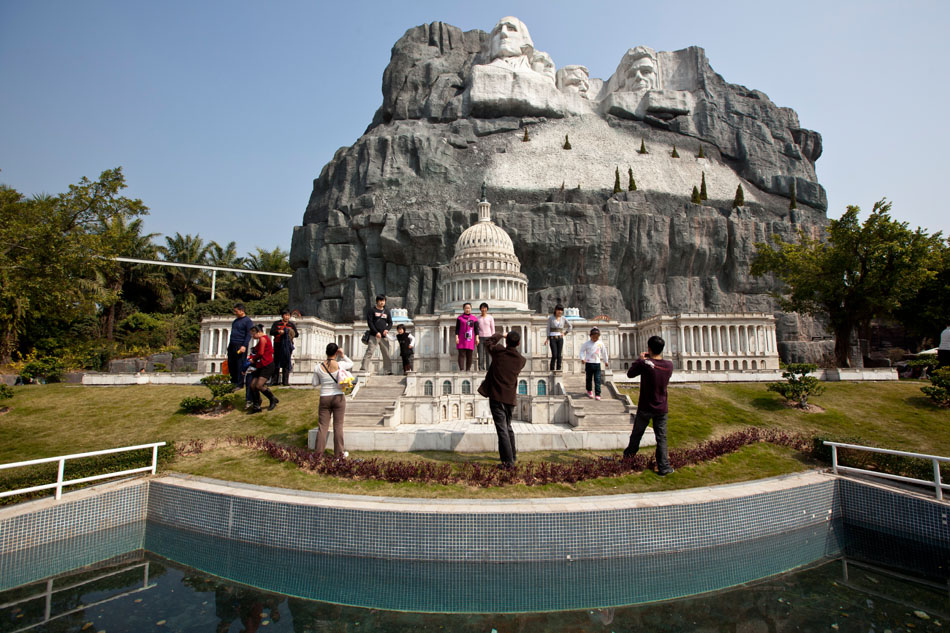
International vacations are a must for the burgeoning number of nouveau riche across China. A well-used passport is a sure sign of fulfilling a “modern” and “cultured” lifestyle and completes the trifecta of high social status along with ownership of multiple homes and foreign luxury cars. Even in the face of the global economic downturn, China continues to boast the fastest growing outbound tourism market in the world. In 2009, the average expenses paid by Chinese for international travel went up 21% and will continue to grow as more and more flex their purchasing muscle. In Shenzhen, however, a favorite travel destination remains the Windows on the World. A short subway ride from the city center, the park boasts over a hundred small-scale replicas of famous monuments and buildings from all over the world. Here Chinese can fantasize about visiting foreign countries and practice taking tourist photographs. This make-believe space is one of consumer indoctrination and a selling point for a notion of civility that will most likely prove as empty as other social movements in China’s past.
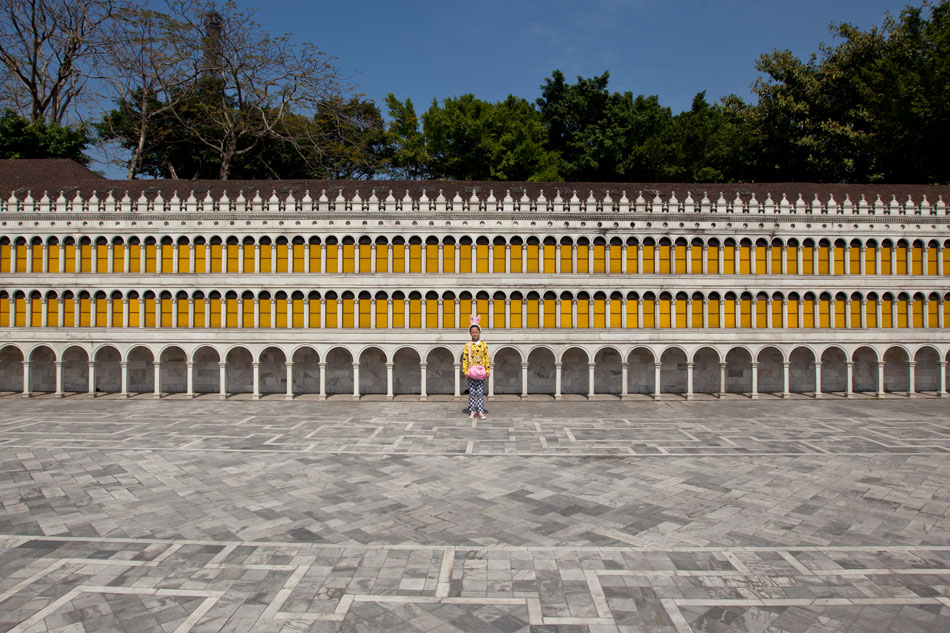
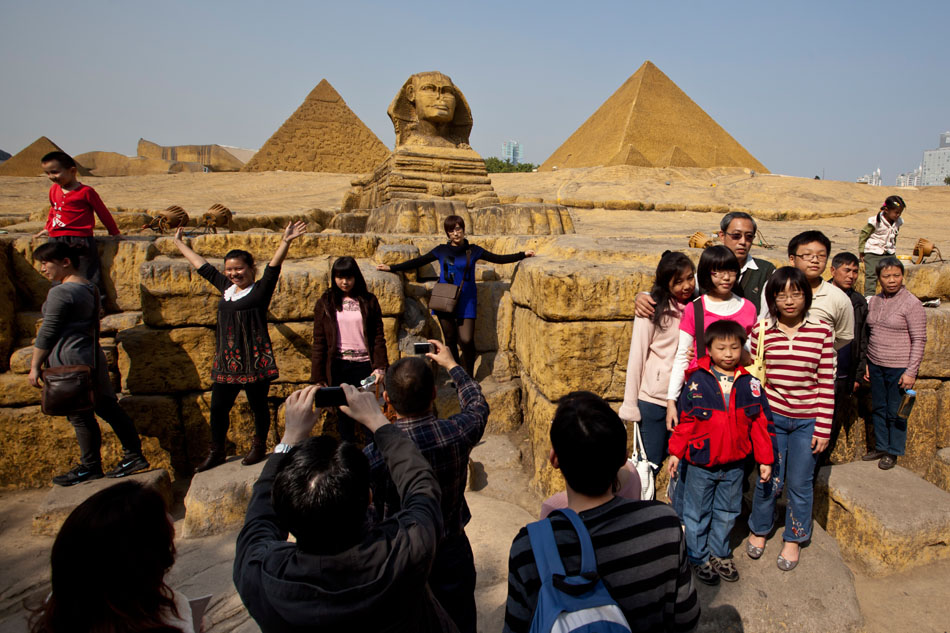

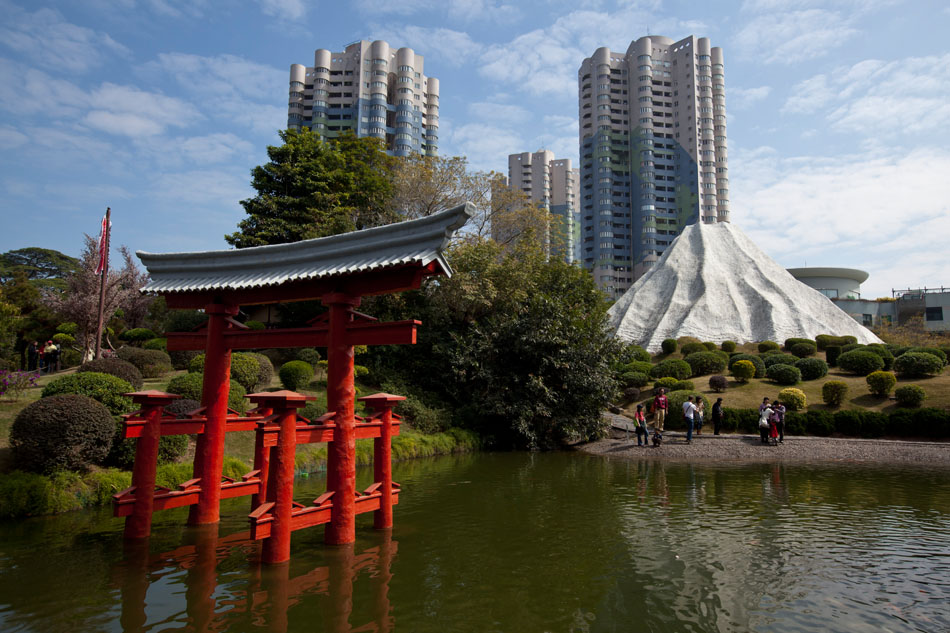
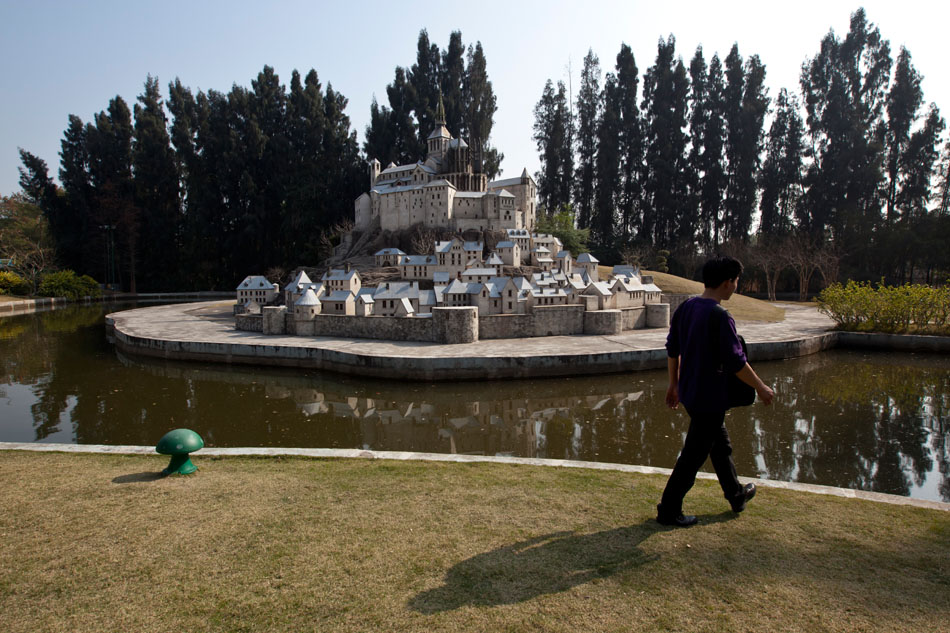

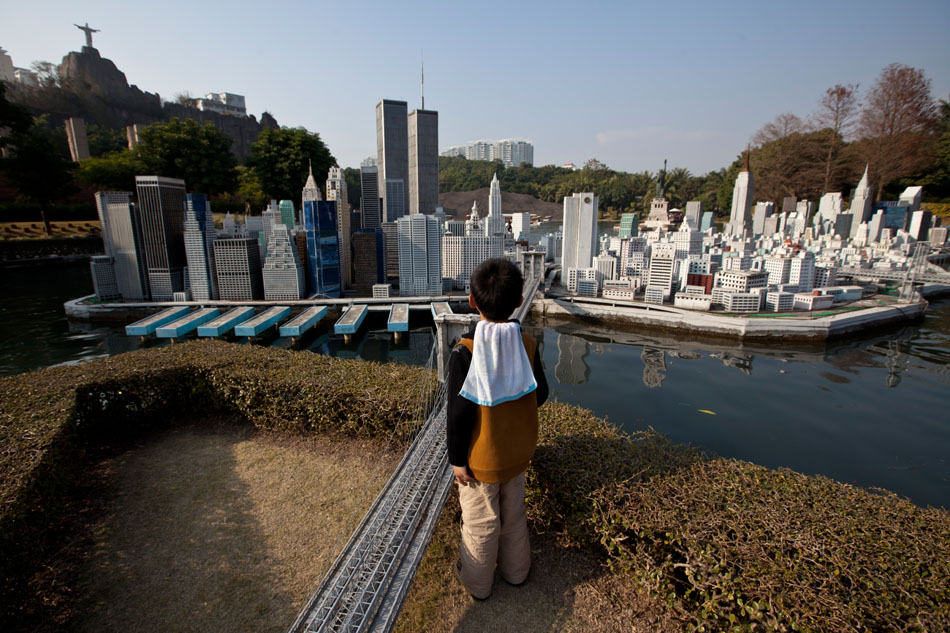
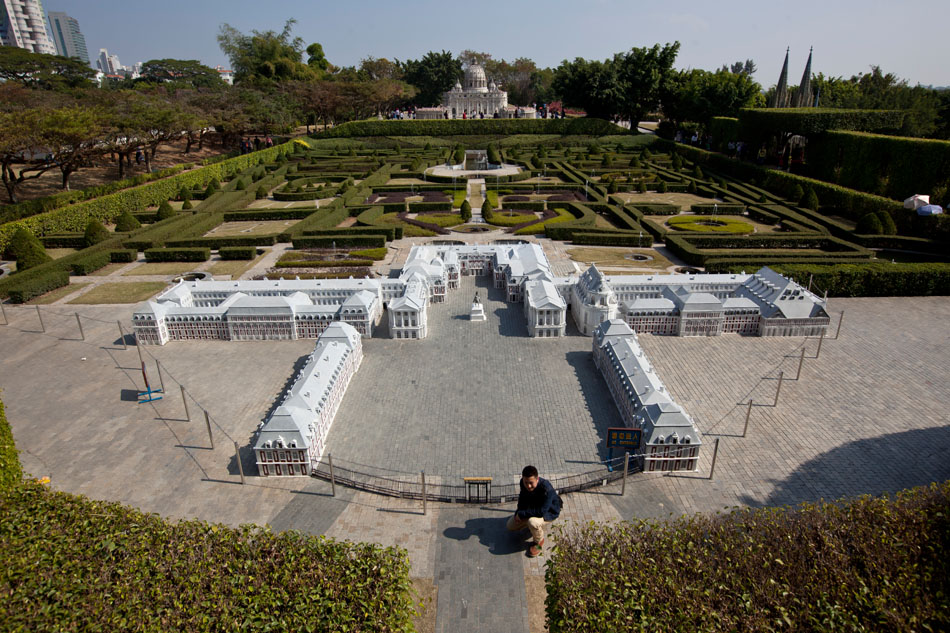

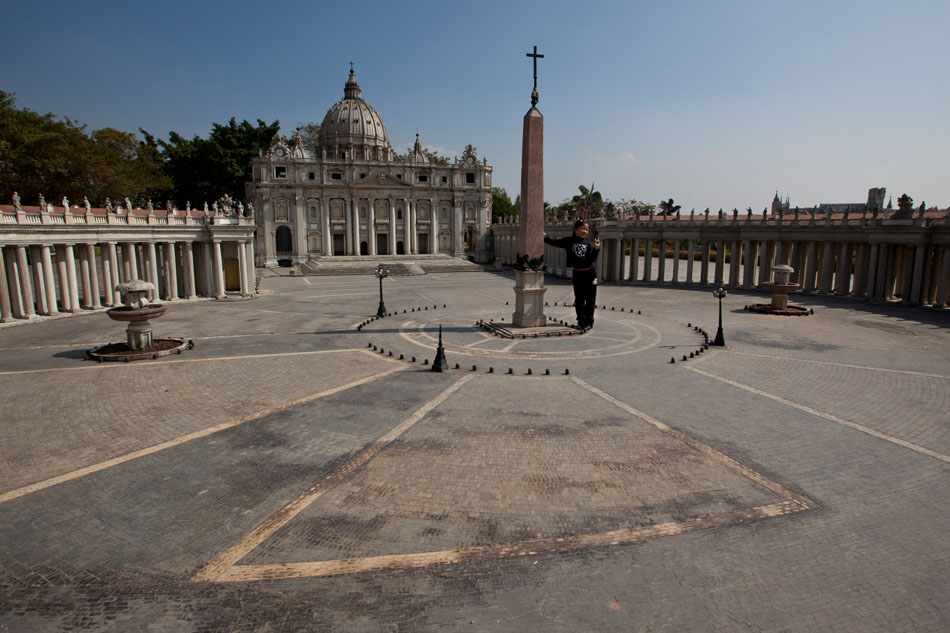

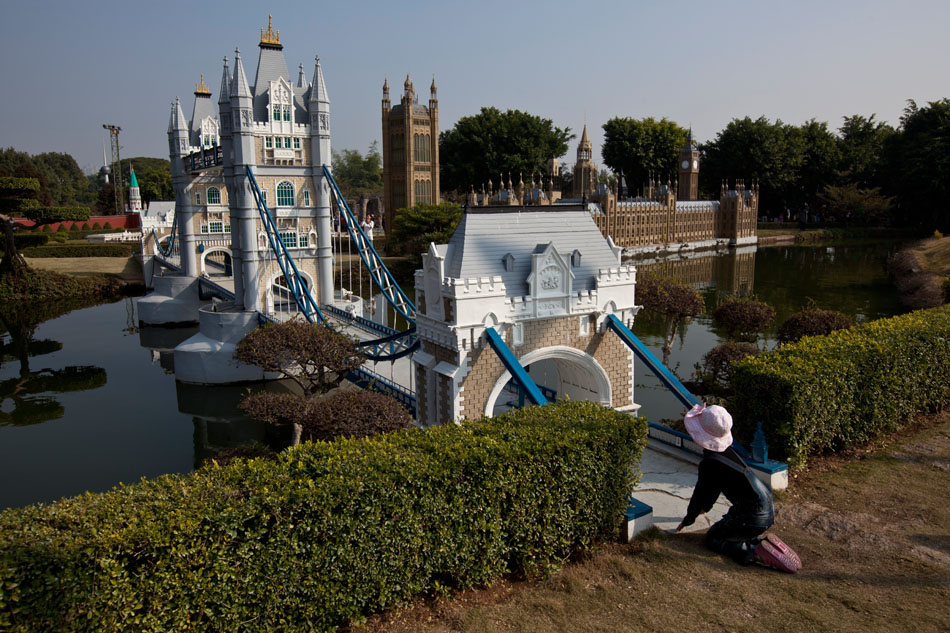
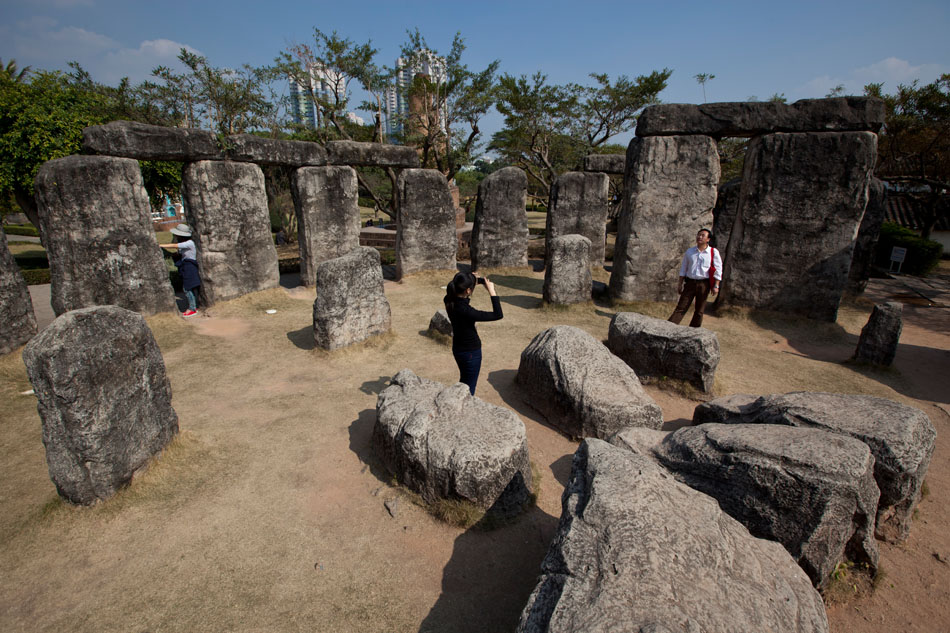
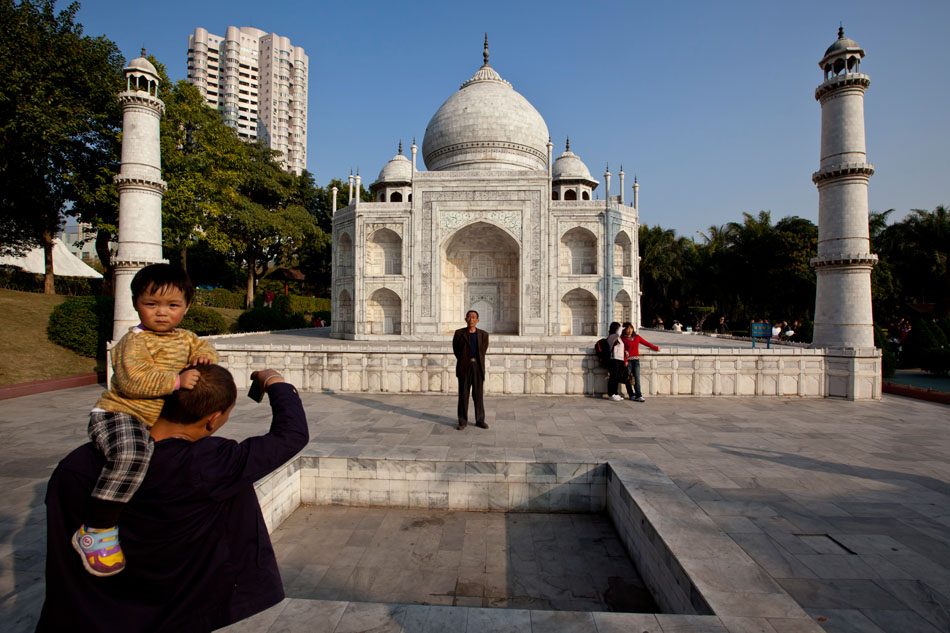
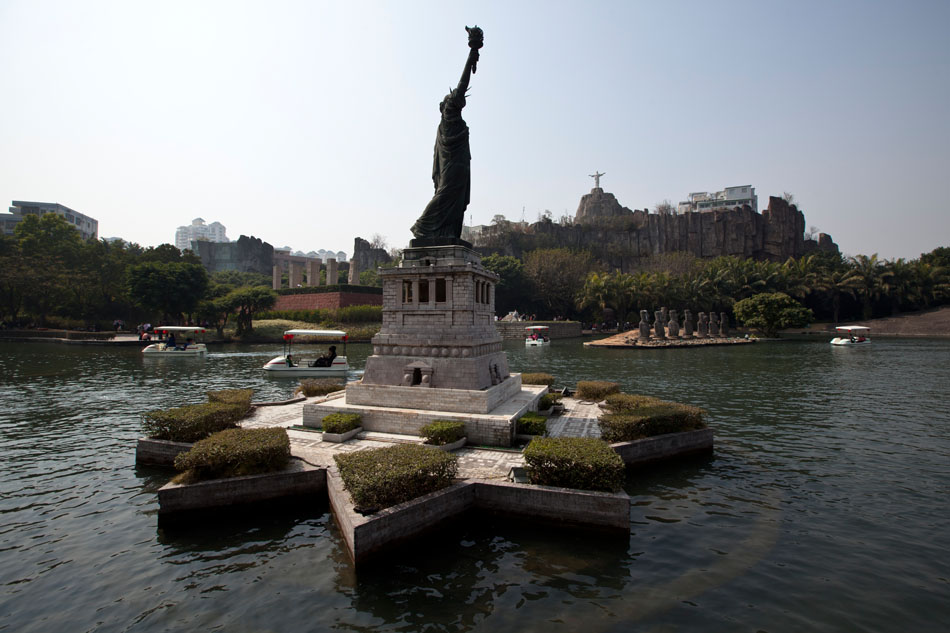
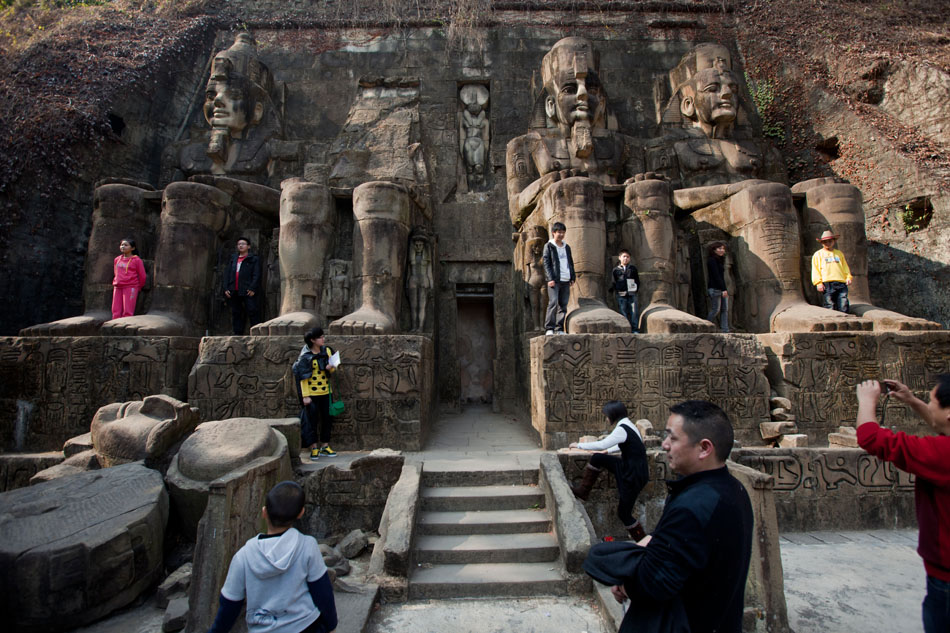
May 10, 2010 | Society, Travel
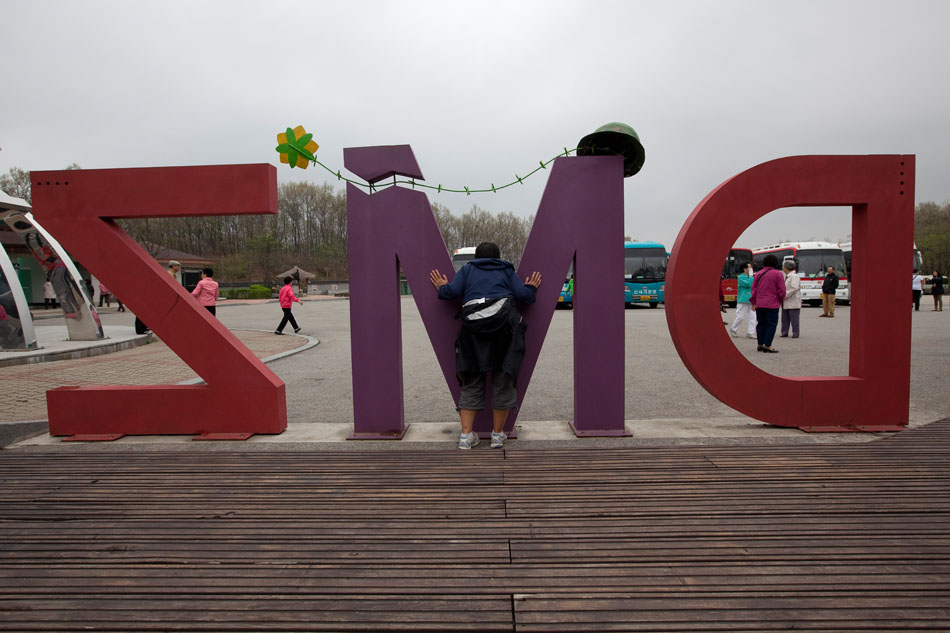
Easily the most heavily guarded border in the world, the Korean Demilitarized Zone (DMZ) with the Military Demarcation Line at its center marks the last line of engagement between North and South Korea when an armistice agreement ended open fighting in 1953. Since then the DMZ remains an open sore on the Korean peninsula and a constant reminder of the tenuous relationship between the ethnically bound but politically split countries. Although numerous incidents have taken the lives of military personal in the DMZ over the years, South Korea now heavily promotes the DMZ as a tourist destination within easy reach of Seoul. Domestic and international sightseers spend the day in the Joint Security Area within plain sight of North Korean guards before hitting up gift shops, the DMZ Pavilion, unearthed North Korean incursion tunnels and other noteworthy sites. Tours then end in Dorasan Station, a modern but unused train station built near the DMZ as a gesture by South Korea to express their wish for peaceful reunification. Such hopes continue to be set back, however, as South Korea is now blaming North Korea for the sinking of a naval ship in March that took the lives of 46 South Korean sailors.
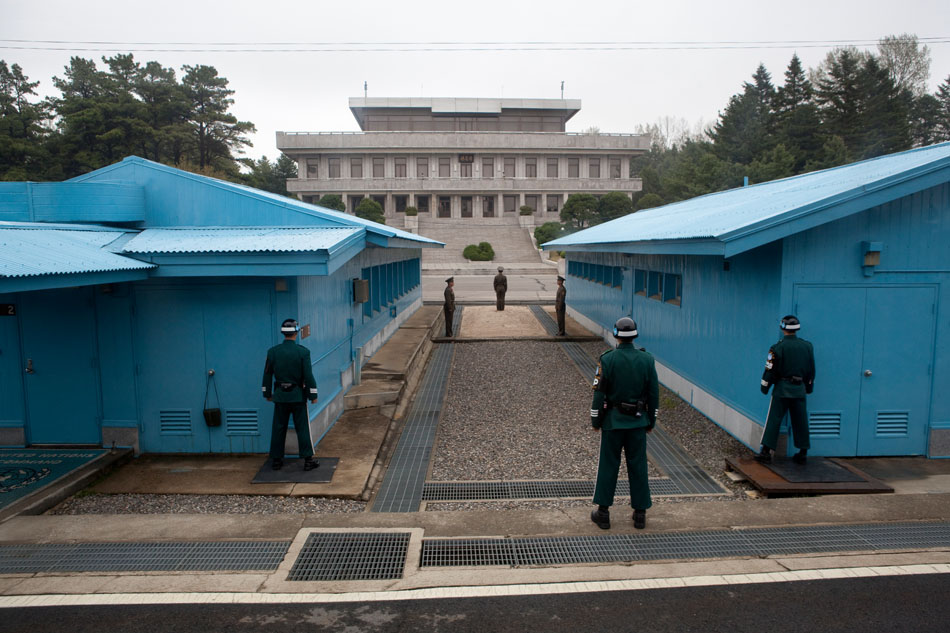
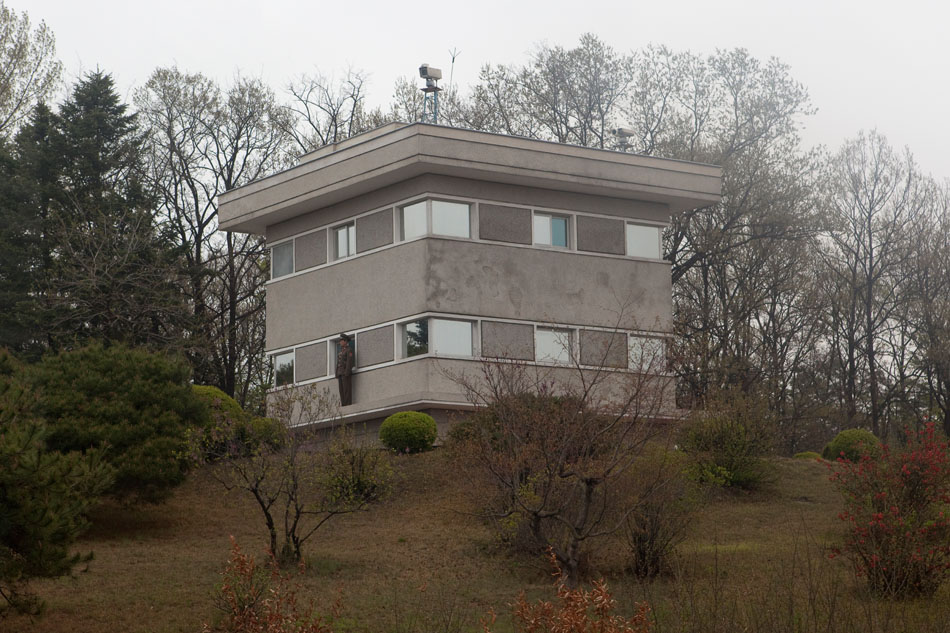
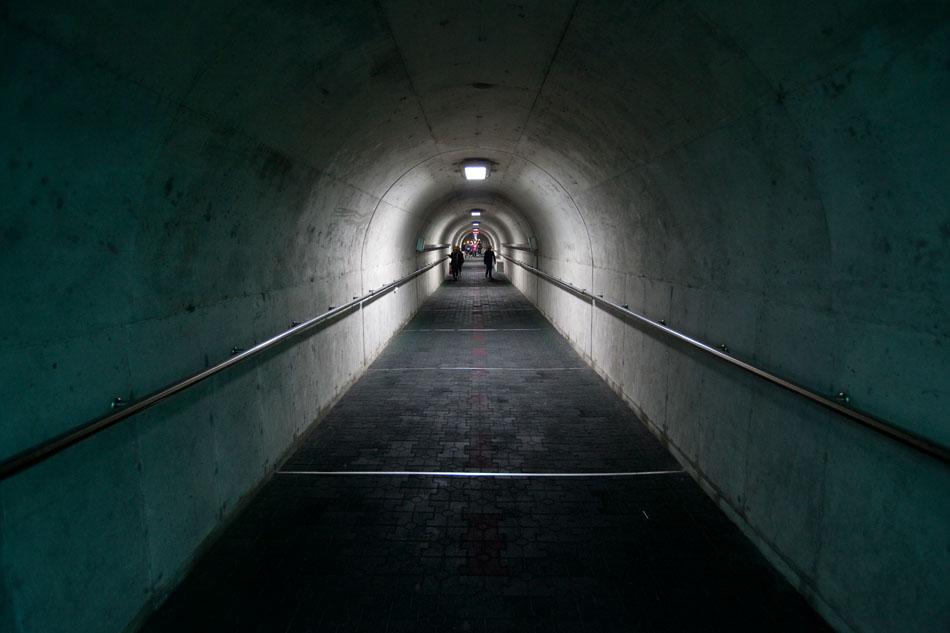
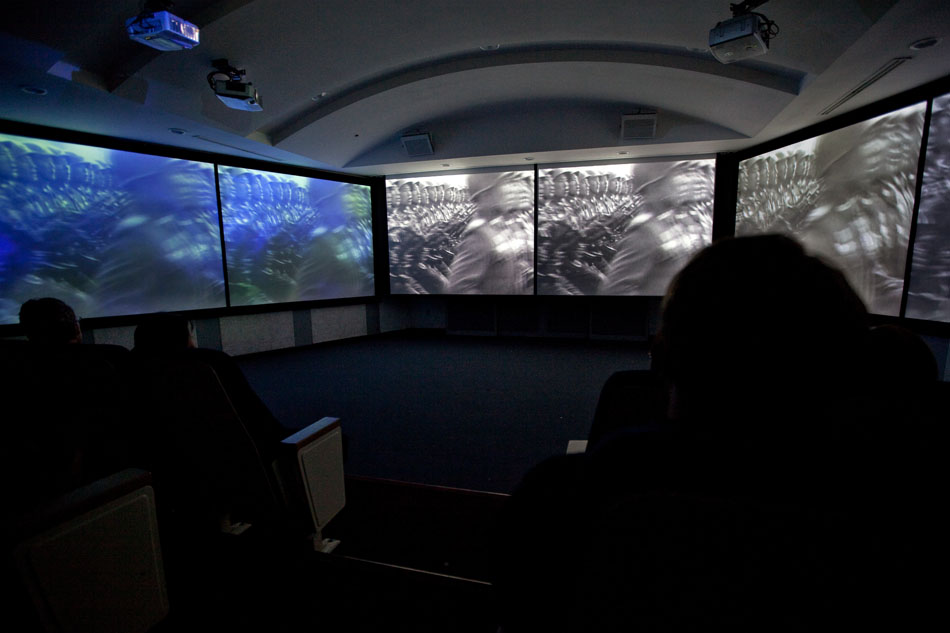
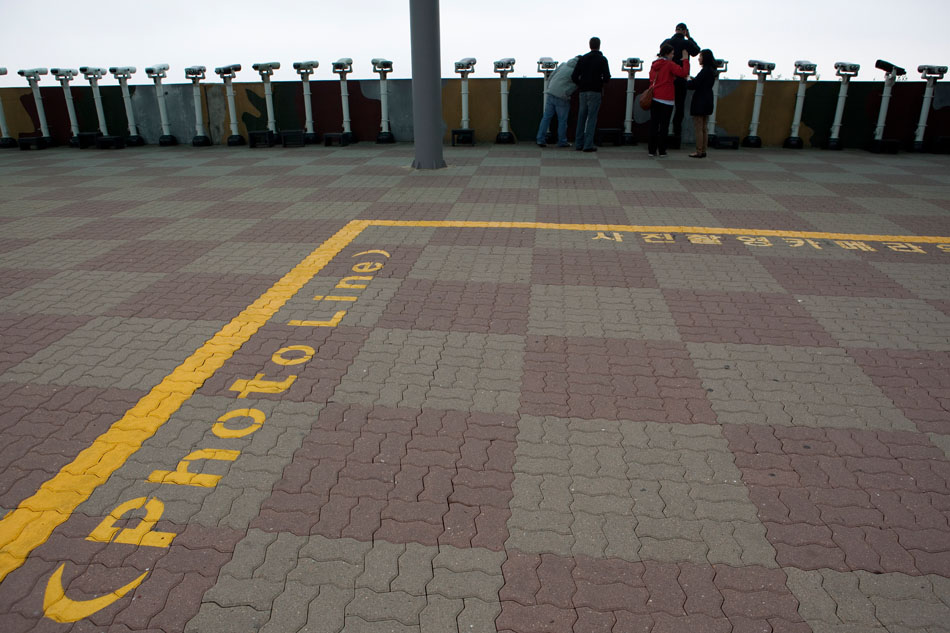
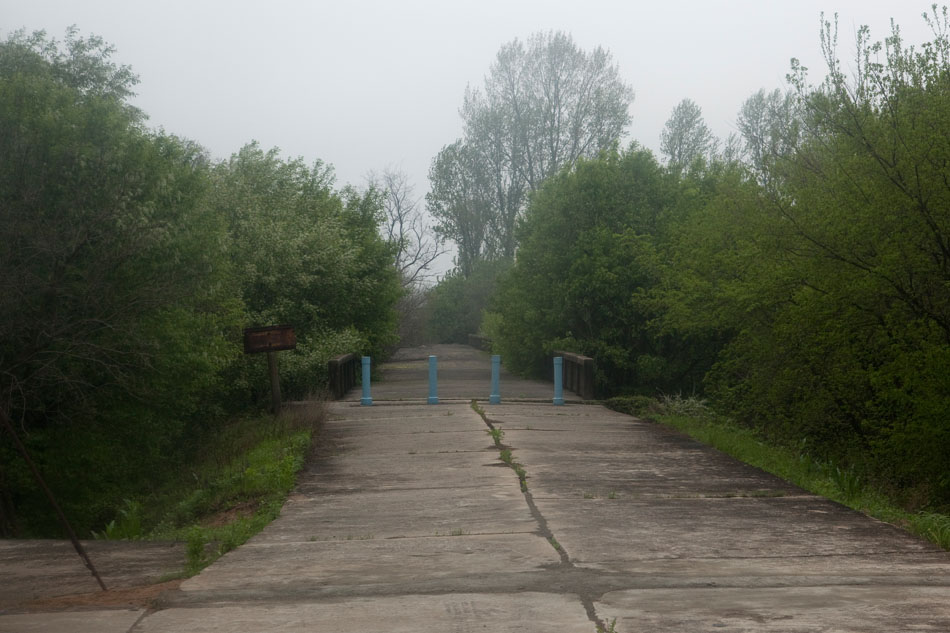
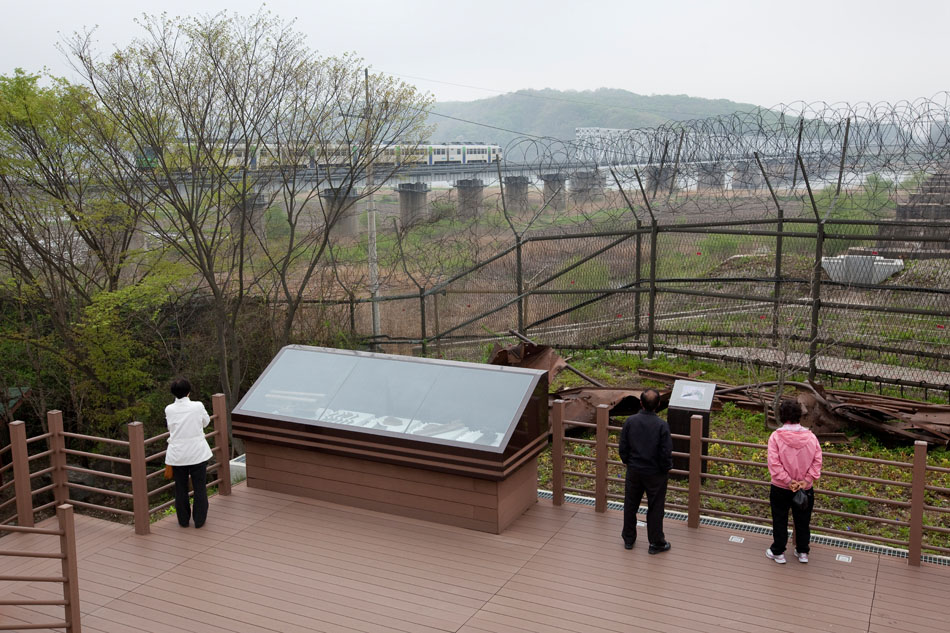
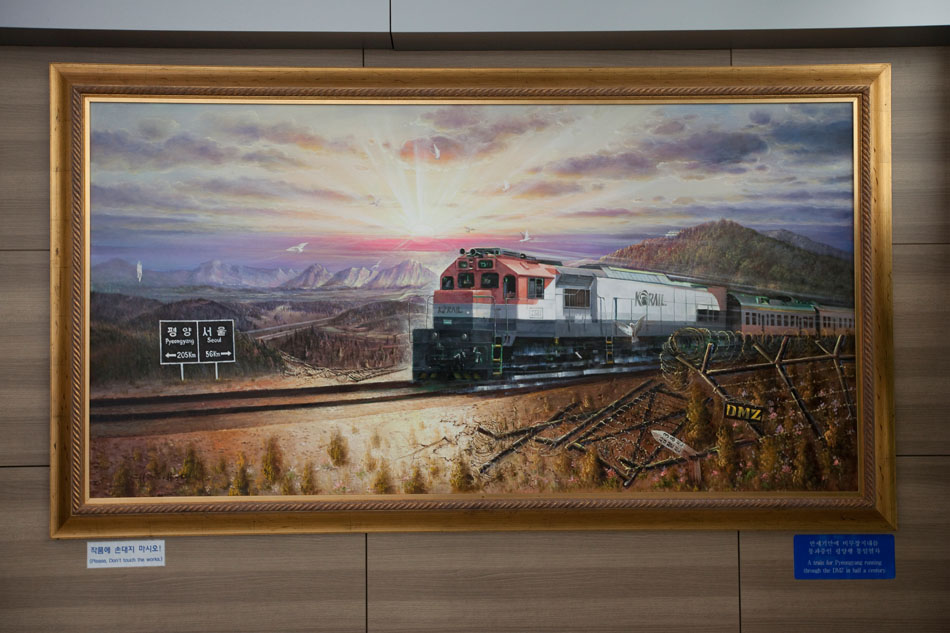
Jan 30, 2010 | Society
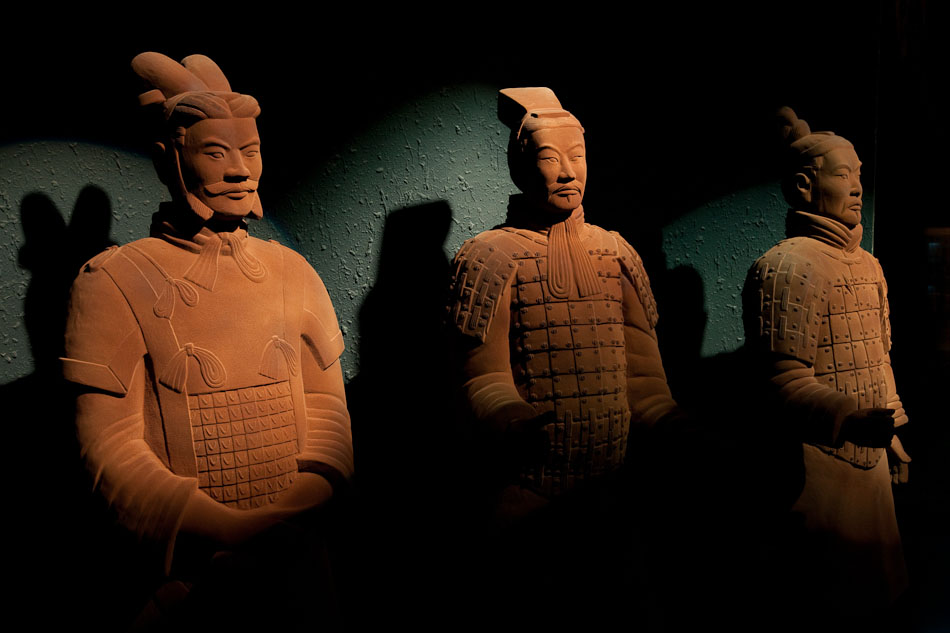
In another outlandish attempt to draw tourists and locals to the Olympic Green, the World Chocolate Wonderland theme park opened just north of the Bird’s Nest stadium to a mixture of awe and bewilderment. The strange assortment of exhibits and objects made of chocolate defies description. Ranging from individual showcases of the history of chocolate in countries famous for chocolate production, to an entire room of various chocolate reconstructions of household and consumer items, the focus and scope of the theme park is haphazard at best. Walking past the chocolate Terracotta Warriors, a Great Wall of Chocolate, and a life-size chocolate BMW, I couldn’t help but feel the theme park represented another exercise in postmodern irony. The visual feast was also picked up by the BBC and Salon. God knows what the Beijing municipal government will think of next to lure people up to the Olympic Green as they continue to struggle to support its grand infrastructure investments for the 2008 Olympic Games.
